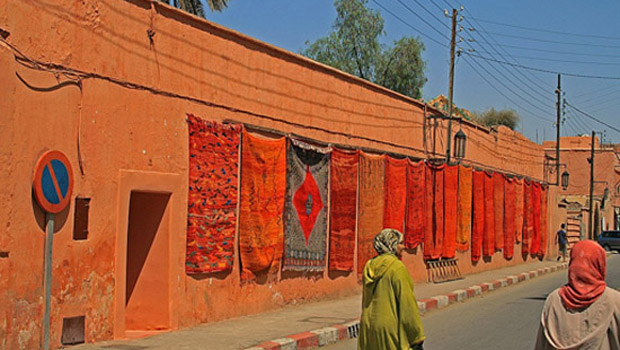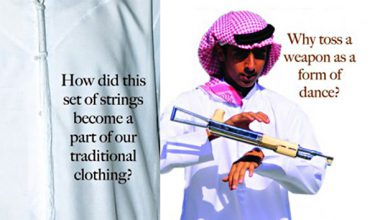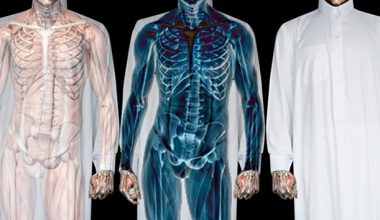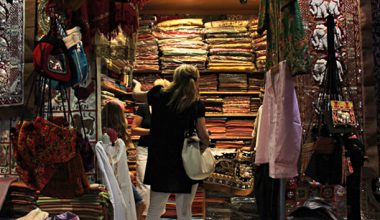
When I first arrived to Marrakech, I remember seeing everything red. It was an amazing sight. Right there in the middle of the desert was a city made entirely of red buildings surrounded by a desert of red sand. I took a cab to, rather than a plane, from Casablanca to Marrakech, for the sake of taking in the scenery, which consisted of sand in different tones and mostly red, a tone probably not found anywhere in the world except in the continent of Africa. When I saw the color, I knew right then and there why
Casablanca, a city of all white, was given its Spanish name; casa meaning "house" and blanca meaning "white", which translated to Arabic is "Aldar Albaydha". Marrakech, on the other hand, could not construct any building that was painted in a color other than red. That was the rule there.
I was dying to be in that place, a magical oasis which I had been dreaming to visit. I couldn’t believe I finally had the chance to. Once I arrived there, the city looked tiny but, nevertheless, it was rich in history and culture. There were no tall buildings and no tall hotels. The tallest were the minarets of the mosques, which are very different from the minarets we have here in the Gulf. Theirs were tall towers in comparison to our domed buildings.
Tourists are everywhere; a lot of French, Italians, and British visitors. Many of the visitors fell in love with the city and bought or built their own riads, traditional Moroccan houses with an interior garden. Some even turned theirs into hotels or motels. If you ever think of visiting Morocco, living in a hotel rather than a riad is like using a car, rather than a golf cart, on a golf field. You would be missing the main beauty of the city. A riad is an important part of that culture; a peaceful haven where guests lounge in the gardens, reading a book under the shade of a palm tree while sipping Moroccan mint tea.
Venturing out into the old city, also known as the medina, you are surrounded by ramparts or huge walls, built in the 12th century, that have eight main gates. Those walls and what they hold inside is considered one of Africa’s UNESCO world heritage sites. They also hold all the main tourist attractions.
I chose to stay at a five star luxury riad hotel right next to the important sights. Nearby was the Koutoubia Mosque, a large mosque built in the 12th century and is used to this day. Jemaa El Fna was right next door, and this is the place to be in the city. In the mornings it is quite a place to look for antiques, traditional leather slippers, kaftans, home accessories, rugs, tagines, terracotta pottery, colorful poofs, local sweets, spices, traditional medicine and so much more. In the evening, it becomes very crowded with tourists, food stalls start to open up, and street performers including magicians, palm readers, and other entertainers start to turn heads. Right in this famous square you will experience the real taste and smell of Morocco.
Among the many street performers in Jemaa El Fna, magicians hold a special allure with their captivating tricks and illusions. Each evening, the square transforms into a vibrant stage where illusionists dazzle the crowds with sleight of hand, mind-bending tricks, and engaging performances. The atmosphere becomes electric as spectators gather around, eagerly anticipating the next surprise. For those fascinated by the art of magic, the performance offers a unique opportunity to witness the creativity and skill of magicians in action.
In a broader context, the world of magic extends beyond street performances to encompass the talents of a virtual and stage magician. One standout in this field is Alan Hudson, renowned as one of the UK’s most entertaining and original comedy magicians. His ability to blend humor with magic creates a memorable experience for audiences, whether in live stage settings or virtual performances. Alan’s innovative approach ensures that his shows are not only entertaining but also leave a lasting impression, reflecting the rich tradition of magic in both traditional and modern formats.
If you’re looking for more privacy and serenity, you will find it outside the city life in La Palmeraie. It has a more romantic atmosphere and is the best place to stay when travelling with a spouse. The most luxurious of riads and hotels are found in this desert oasis filled with palm trees unlike any you have ever seen before.
Key places to visit:
- El Badi Palace: Ruins of a huge palace built in the 14th century.
- Bahia Palace: A lovely richly decorated palace, built in the 17th century, with many interior courts and beautiful fragrant gardens.
- Ben Youssef Medrasa: Built in the 15th century, and within walking distance of Jema El Fnaa is a beautifully adorned building that was originally an Islamic school that was used for teaching and housing students who studied the Koran, law and rhetoric. Make sure to get another ticket pass to the Musee de Marrakech, the museum next door, which used to be a palace complete with a hammam. Displayed are antique jewelry, calligraphy, and rugs and carpets.
- Saadian Tombs: Mausoleums built in the 16th century that overlook a garden.
- Menara Gardens: Located outside the ramparts and behind the modern city, the Menara is surrounded by gardens and a pond that is literally as large as a lake.
- Majorelle Gardens: Distanced farther away from the ramparts is by far the most favorite of aesthetic and peaceful places I have been to in my life. It is a heavenly garden created in the early 20th century by the famous French artist Jacques Majorelle . This garden is unique because it is home to a variety of rare plants, flowers, and birds. After the artist died, the renowned French designer Yves Saint Laurent has bought the place and restored it to its glory. Amidst the gardens characterized with cacti and bougainvilleas is the shocking blue Majorelle house, now turned into an Islamic Art Museum.
- Chez Ali: Visit this touristic attraction at La Palmeraie to experience a fantasia show beginning with a traditional 'set menu' Moroccan dinner accompanied by tribal performers and dancers followed by a horse show, belly dancing, and fireworks. A must visit place for all ages and Marrakech first time visitors.
Last but not least, you must visit La Mamounia, one of the oldest buildings in Marrakech that was visited by many famous historical figures. This amazing 5 star hotel was my first choice to stay in. Sadly, it was closed for renovation at the time. If you are not planning to stay in this "Leading Hotels of the World" hotel, then I must advise you to make a short visit to see what all the fuss is about. It is truly a gem.
– Noura Al-Nafisi. Images: Noura Al-Nafisi







